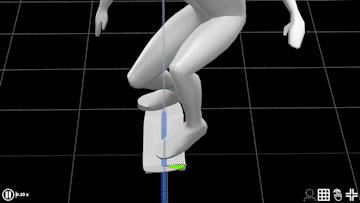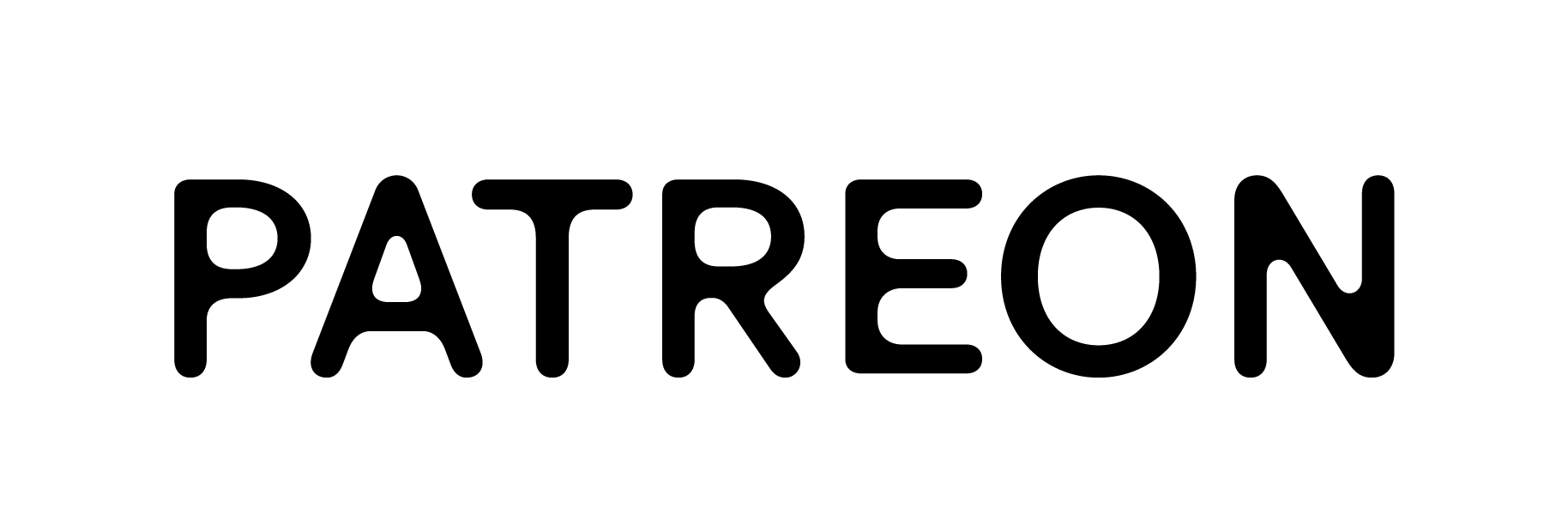Summary
Your board lands on the heel side.
As you flick, your front foot drags your board to the heelside. Your body must go to the heel side, too.
Lean back and jump, but keep your body axis straight
You cannot change your direction after going into the air. Distribute your weight on the heel side before popping, and you can shift your weight to the heel side as you jump straight upward.
Lean backward without tilting your body.
Understanding the difference between distributing your weight to the heel side and tilting your body's axis is essential. DO NOT tilt your body axis backward; otherwise, you lose control of your body.
Simulation
Common Question
Do you REALLY jump upward?
A lot of tutorials say, "You have to jump upward." However, you can tell your board lands on your heelside as you flip your board. So you shouldn't be able to land back on your board by jumping upward. What's causing this difference?
Let's study where your board lands according to the law of physics to find the secret behind this difference. You will also see how to land back on your deck then.

Premises
Where does your board go when you flick it?
As you apply a force to an object floating or moving in the air (including a skateboard), the object moves in the same direction as the force. You drag your board to the heel side by flicking the heel side of it.
Note
The distance your board travels in the air may differ depending on the angle and strength of your flick.
Jump upward with your weight on the heel side.
Jumping straight upward while keeping your weight on the heel side allows you to land on the heel side without intentionally trying. Please note the difference between tilting your body's axis to avoid losing balance. Your board would also land in front of you as you may push your board to the toe side.
By distributing your weight on the heel side while keeping your body axis upward, you can receive a reaction from the ground effectively to float your body and jump to the heel side simultaneously.

Execution
Step #1 Master flicking and know where your board lands.
Master the flicking motion first before talking about weight distribution. You need to be able to do this and know where your board lands.
I recommend practicing flicking while getting off your board to the toe side, with your back foot land on the ground. Make sure to keep your body axis vertical. Practice this step until your board lands on the heel side by one board from where you started.
Note
If your board flies away somewhere, that's a symptom of either overflicking or overpopping. Go back to those steps if necessary.
Step #2 Shift your weight to the heel side and flick.
Approach and start shifting your weight on the heel side. You can see how my body's center is off to the side in the image. The distance of the shift varies depending on your body weight and foot positioning. So try finding the weight distribution that suits you the best.
Note
- Make sure not to tilt your body axis. Instead, distribute your weight to the heel side while keeping your body axis straight upward.
- Avoid leaning too far backward. Unlike overpops and overflicks, overleaning is easier to realize as you won't be able to stay on the board.



 Convert your video into 3D
Convert your video into 3D Facebook
Facebook Twitter
Twitter



